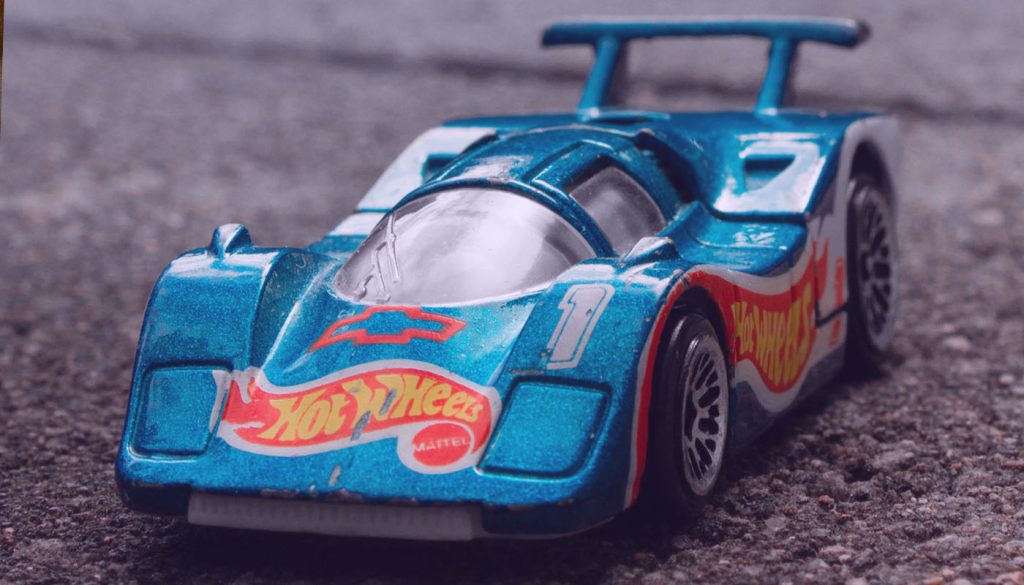When you buy through our links, we may earn a commission. Learn more.
Evolution of Play: A Journey through the Decades
The evolution of toys and games has shaped childhood memories for generations. From the vibrant creations of the ’80s and ’90s to the rise of digital play, we see how playtime has transformed. We’ll explore key trends that define these decades, highlighting innovations and changes in collectibles.
The Golden Era of the 80s and 90s
In the ’80s and ’90s, toys became a significant part of childhood. This era introduced iconic brands that continue to resonate today.
Key toys:
- Cabbage Patch Kids: These unique dolls captured the hearts of kids.
- My Little Pony: Colorful ponies sparked imaginative play.
- G.I. Joe: Action figures that allowed for adventurous storytelling.
- Power Rangers Figurines: Inspired by the popular TV show, these figures encouraged playtime battles.
- Rock ‘em Sock ‘em Robots: A classic game that challenged hand-eye coordination.
Video games also flourished, introducing characters that became legends. The Nintendo Entertainment System and Game Boy revolutionized gaming, leading to unforgettable titles like Donkey Kong and Super Mario.
Innovations in Physical and Digital Playtime
As technology advanced, so did our play experiences. The introduction of electronic toys changed how we interacted with playtime.
Notable innovations:
- Tamagotchi: These virtual pets taught responsibilities and care in a fun way.
- Nintendo 64: A major leap in gaming, offering immersive experiences.
- Video game consoles: Created a shared experience for friends and family.
Additionally, classic toys like Legos and Etch A Sketch encouraged creative thinking and problem-solving. We still remember the joy of building and drawing, showcasing our imagination through play.
Rise of Collectibles and Merchandising
The ’80s and ’90s saw a boom in collectibles, shaping how we viewed toys. Special editions and merchandising strategies became widespread.
Popular collectibles:
- Beanie Babies: Once considered valuable investments, they became staples in collections.
- Star Wars Figurines: Celebrating the franchise, these figures attracted fans of all ages.
- Pokémon cards: A trading game that sparked a massive cultural phenomenon.
Merchandising strategies created nostalgia, with toys connected to popular media such as Toy Story and various TV shows. Advertisements drove trends, making certain items must-have toys for children during these decades.
Cultural Impact and Parental Nostalgia
The connection between nostalgic toys and parents is deep. Many of us fondly remember the toys of our childhood, and this emotional bond often drives us to share these experiences with our children. This section explores how these classic toys shape our memories, influence play today, and connect generations.
From Childhood Memories to Adult Collecting
We often hold special memories of toys like Slinky, Yo-Yo, and Mr. Potato Head. These items remind us of simpler times, sparking joy and nostalgia.
As adults, we tend to collect toys from our youth. Many parents seek out 90s toys such as Tamagotchi and Furby for their kids to enjoy. This purchase is not just about play but also about sharing a piece of our past.
Collecting these toys can feel like a trip down memory lane. The items become not just toys but also treasured collectibles that celebrate our childhood experiences.
Traditional Play vs. Modern Day Tech for Toddlers and Beyond
We recognize the difference between traditional toys and modern technology. Classic toys promote pretend play and creativity, encouraging children to explore their imaginations. For instance, playing with LEGO blocks or Play-Doh allows kids to construct their own worlds.
In contrast, today’s tech often involves video games and screen time. While games like Mario or Sega Genesis provide entertainment, they don’t always foster the same level of active play.
Finding a balance between traditional play and tech is essential. We can encourage outdoor fun and imagination with toys like Hungry Hungry Hippos or Magic 8 Ball, reinforcing the values of play that shaped our own childhoods.
Revival and Relevance: Tapping into the Collector’s Market
The rise of retro toys is significant in the collector’s market. We see a demand for nostalgic toys that resonates with both parents and children. Popular items include Teenage Mutant Ninja Turtles, Micro Machines, and the adorable Tickle Me Elmo.
Retailers are paying attention. Stores often feature sections dedicated to these items. We can find classic toys alongside modern products, making them accessible to a new generation.
This revival creates a bridge between past and present. Collectibles spark conversations between parents and children, fostering connections through shared experiences.
Influence of Pop Culture on Toy Trends
Pop culture plays a crucial role in shaping toy trends. We see the impact of movies and TV shows like Toy Story in toy popularity. Characters such as Buzz Lightyear and Barbie attract kids while also reminding adults of their own childhoods.
Themes from pop culture allow us to engage with classic toys in new ways. For instance, toys connected to franchises like Teenage Mutant Ninja Turtles inspire collaborative play and collection.
The nostalgia we feel for these toys combines with their modern media presence. This blending keeps classic toys relevant and exciting, drawing in collectors and new fans alike.
I’m Cartez Augustus, a content creator based in Houston, Texas. I’ve been exploring a variety of niches in content marketing in order to increase website traffic. I enjoy experimenting with artificial intelligence, search engine optimization, and paid search. The process of creating nerd-related content has been extremely rewarding since it has enabled me to network with people who are knowledgeable about these subjects.


